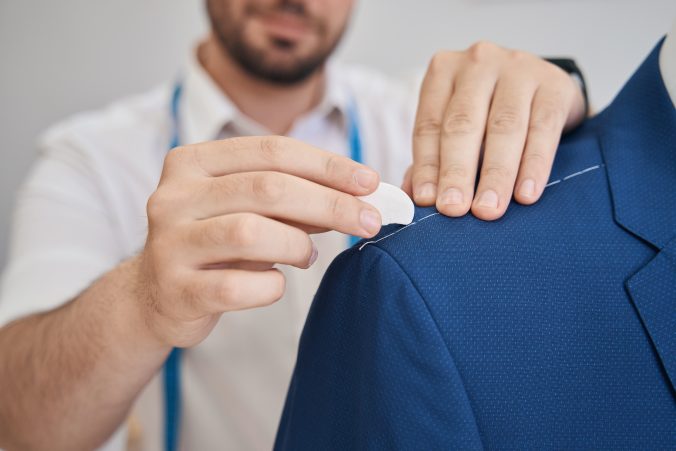To ensure that garments are Shatnez-free when requested, we take the following steps:
We take three samples from different areas of the garment and check them. If the garment is made of wool and none of the unknown fibers are linen, we have created a halachic assumption (chazaka) that it’s Shatnez-free.
- Shatnez-free designation is put on the client’s profile in our computer system, and it prints in bold highlighted letters at the top of every order ticket so our tailors know to follow our special protocols.
- Each tailor has received special training regarding Shatnez-free requirements and have been instructed as to the high level of religious importance for the garments to be linen free.
- All Shatnez-free trims and interlinings are stored in a separate area from other trims to avoid any accidental intermingling of supplies.
- At the option of the client, we will have the garment certified by a Rabbi specializing in Shatnez testing upon its arrival from our workshop.



